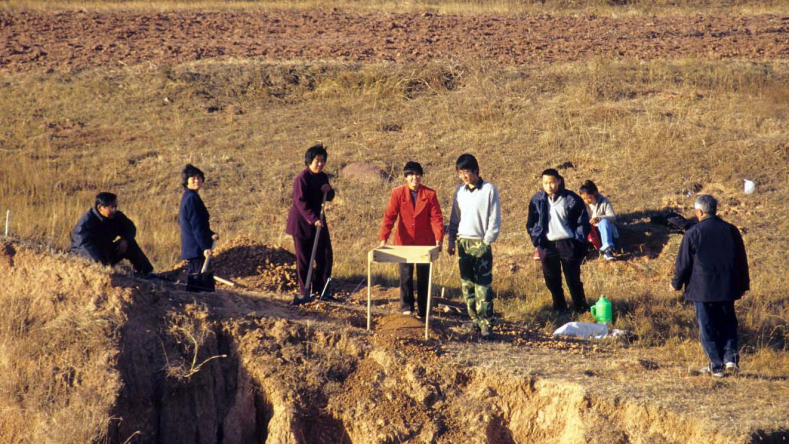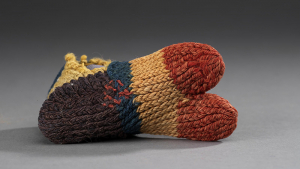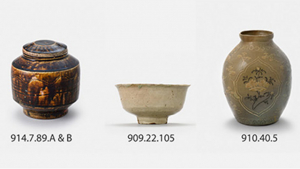Upper Palaeolithic microblade technology
Begun in 2000, this research project investigates the origin and development of microblade technology in the Upper Palaeolithic of north-central China (30,000 - 8,000 BC).
The microblade technique is a unique flint-knapping method of manufacturing thin small tools (microblades). This prehistoric technology is one common feature of cultural manifestations of the early hunter-gatherers in northeastern Asia and northwestern North America. Most scholars regard microblade technology as compelling evidence for the peopling of the New World at the end of the Late Pleistocene epoch (12,000 - 8,000 BC); they believe that the technology originated in northeastern Asia (the exact area is debatable) and spread into North America (i.e. Alaska and Yukon) via Beringia.
The Shandong province in China represents an intermediate area where the technology may have been transmitted from north-central China to northeastern Siberia or Japan. Although previous studies have suggested that a large number of sites with microblades exist in the region, no detailed study has been conducted.
Field investigations and laboratory analyses of lithic (stone) artifacts have revealed that the Upper Palaeolithic technology in Shandong peninsula is much more complicated than previously thought—the region could be the southern area of a cultural inter-sphere that eventually reached North America.
We have identified four main cultural complexes in the study region: two are associated with microblade technology, and might have had external cultural influences; the other two might be local manifestations. In 2005, our project identified a few bifacial points which feature the “flute” flaking technique, widely present in North America. If proven to be a true flute technology, similar to the Clovis technique of North America dated to 12,000 – 11,000 BP, it presents additional evidence of the technological connection between Old World and New World.
This research has been funded by grants from the Social Sciences and Humanities Research Council of Canada (2000 – 2004), the Chinese Academy of Sciences, and the ROM Governors. The project is a joint collaboration between the Royal Ontario Museum, the Institute of Archaeology of Chinese Academy of Social Sciences, and Shandong University.





